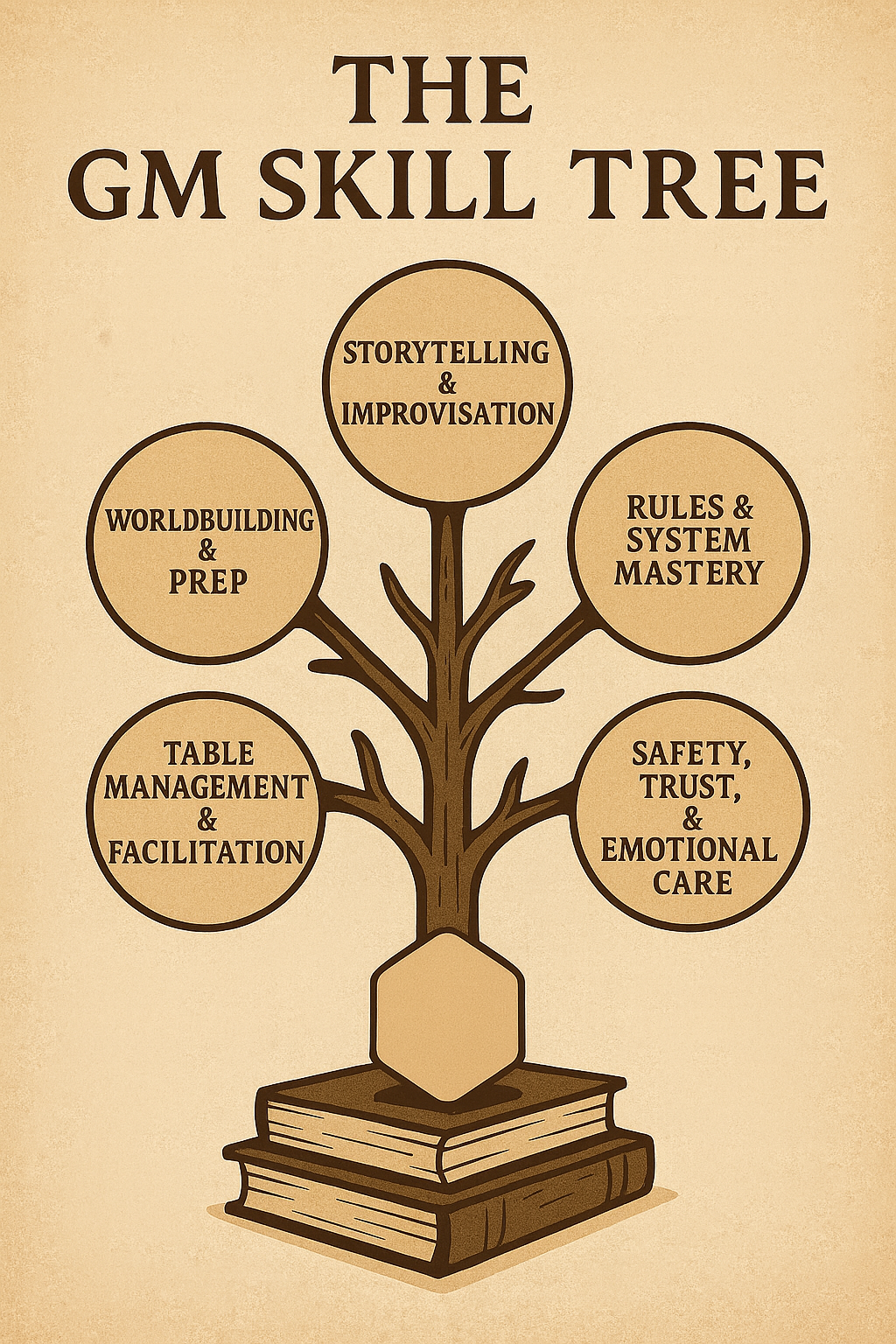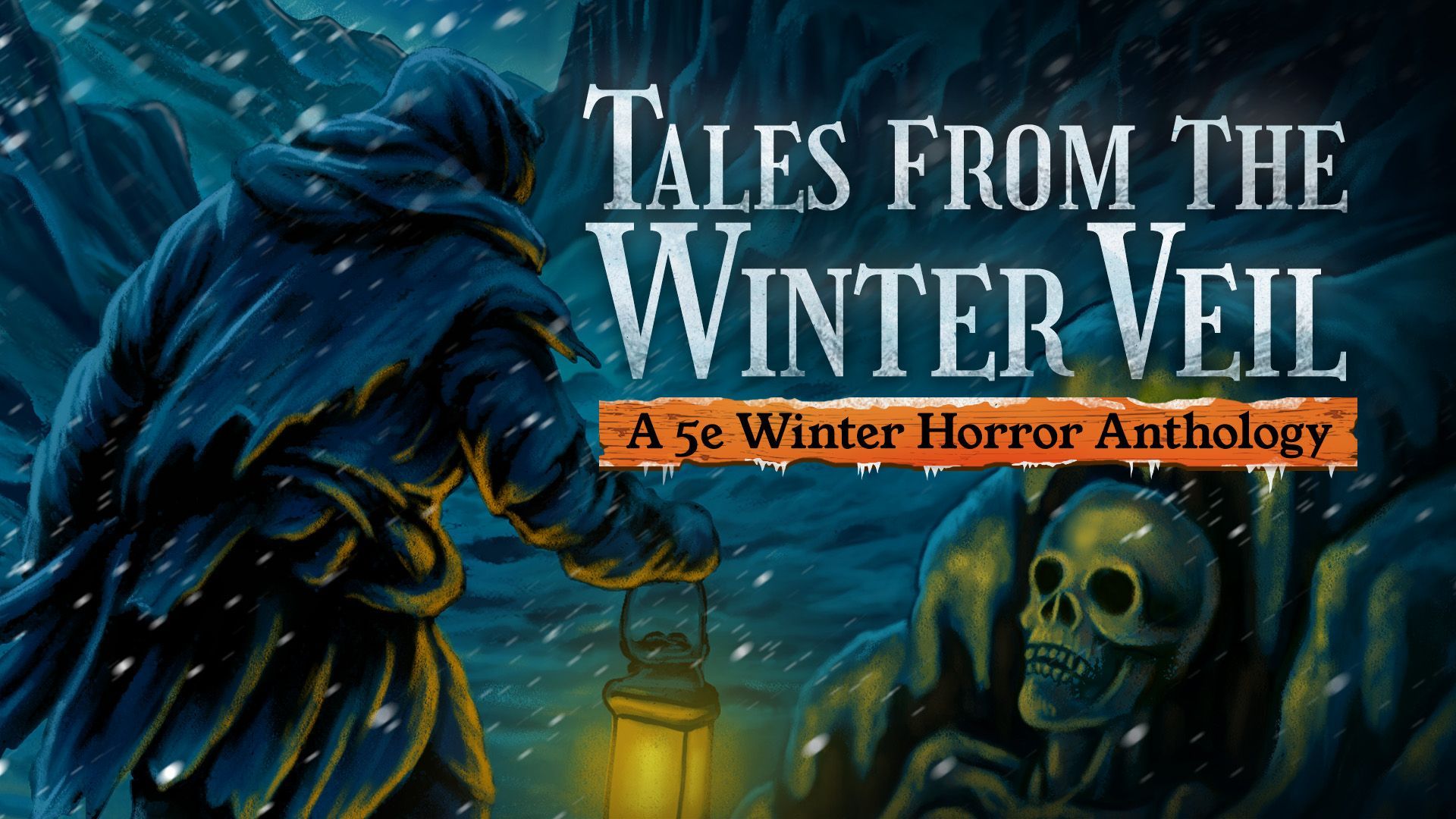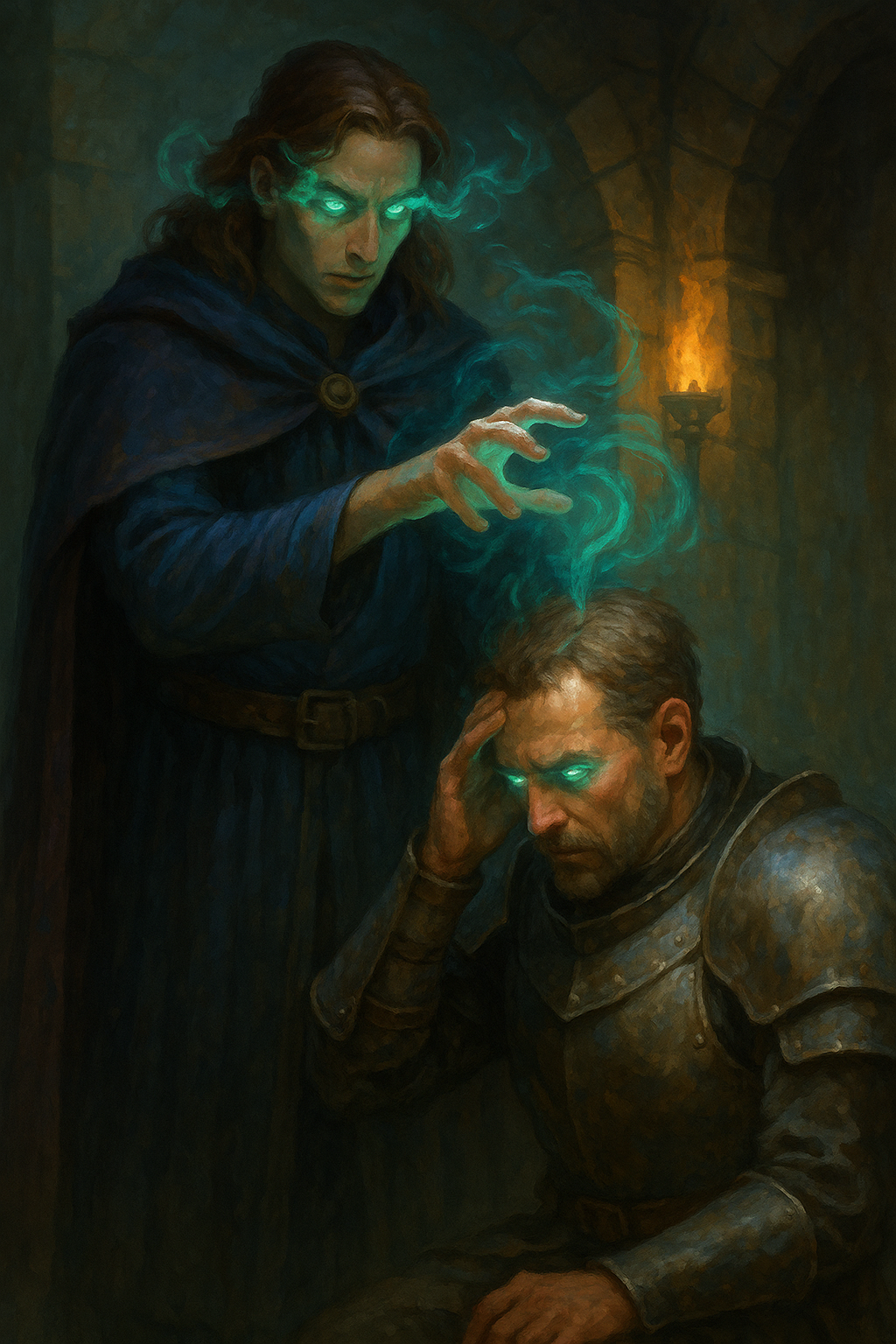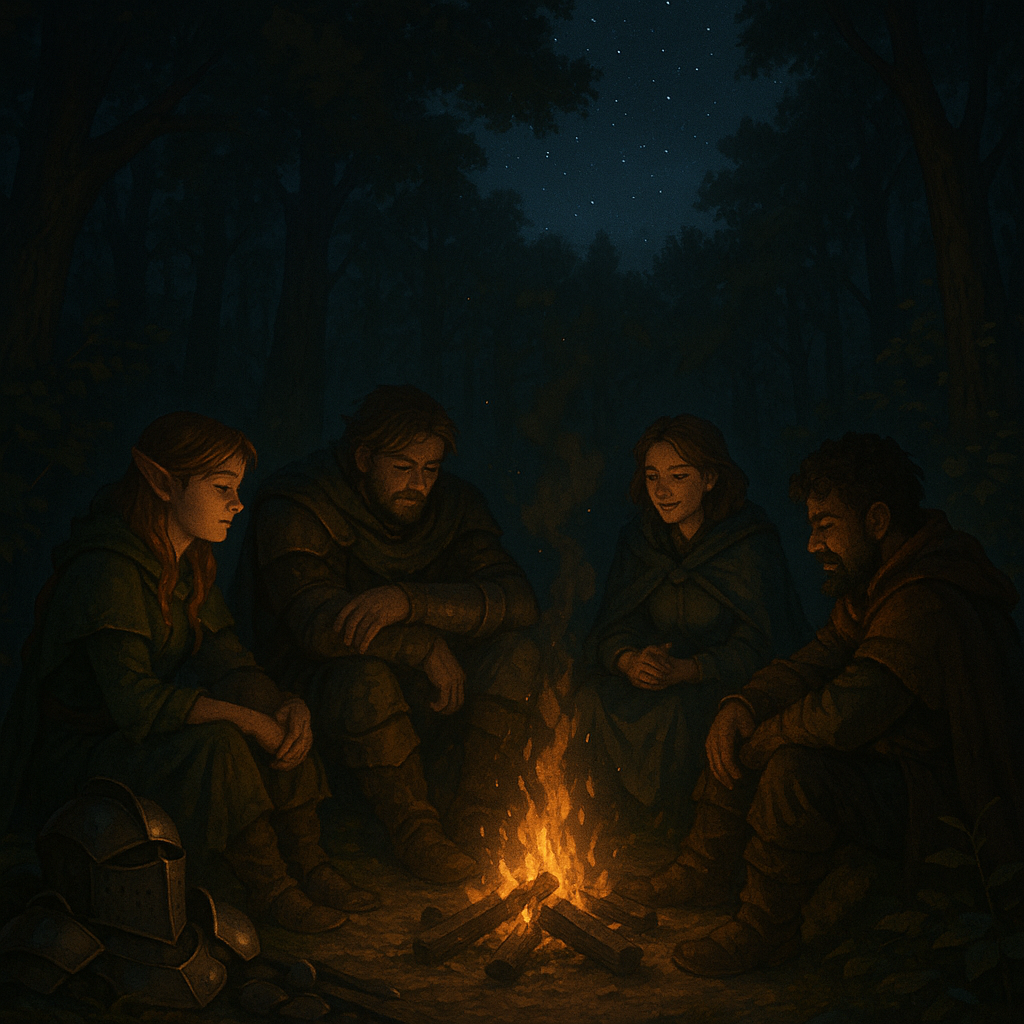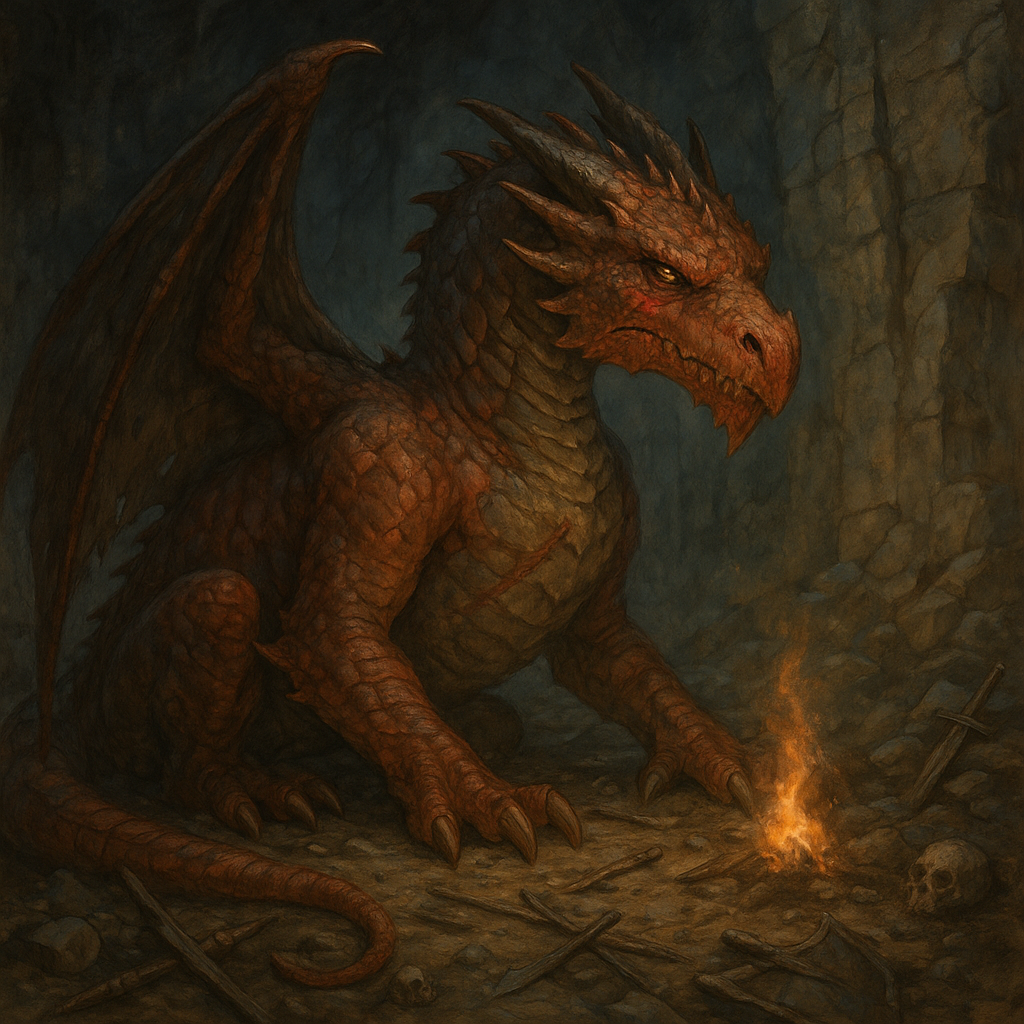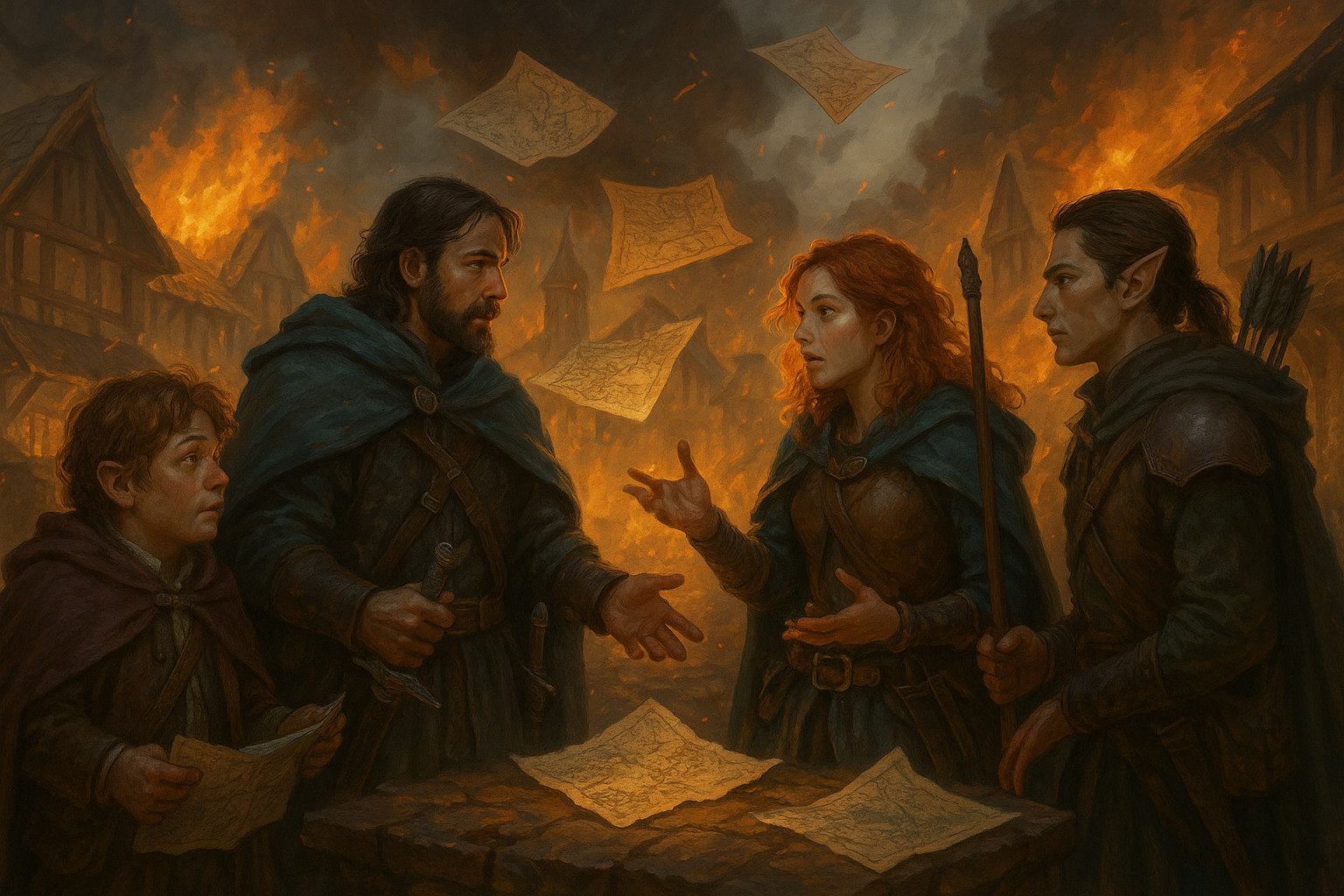How-To DM: Tips for Customizing and Homebrewing Your D&D Campaign
Dear Readers, one of the things that makes D&D so special is its flexibility. While there are countless pre-made adventures and campaign settings available, many players and Dungeon Masters (DMs) choose to create their own worlds and stories. This process of customizing and homebrewing your D&D campaign can be incredibly rewarding, but it can also be a daunting task. In this guide, we will explore tips and techniques for getting creative and crafting a unique D&D experience that you and your players will never forget.
1. Start with a Strong Concept
Every great D&D campaign begins with a strong concept. Whether you’re building an entirely new world or adding depth to an existing one, having a clear idea of what your campaign is about will guide your decisions throughout the creative process. Consider the following questions:
- What is the central theme or conflict of your campaign?
- Are there any unique elements, such as a rare magical artifact or a powerful antagonist, that will drive the story?
- What is the tone of your campaign? Is it lighthearted, dark and gritty, or something in between?
Having a well-defined concept will help you stay focused and make meaningful design choices as you build your campaign.
2. Collaborate with Your Players
D&D is a collaborative game, and involving your players in the creative process can lead to a richer and more engaging campaign. Before you start designing your world and story, have a session zero with your players to discuss their expectations, character concepts, and any ideas they might have for the campaign. This collaborative approach not only ensures that everyone is on the same page but also allows you to tailor the campaign to your players’ interests.
Encourage your players to be active participants in world-building. They can help create NPCs, design locations, and contribute to the overall lore of the campaign setting. When players have a stake in the world, they are more invested in the story.
3. Build a Unique World
Creating a unique and immersive world is one of the most exciting aspects of customizing a D&D campaign. Here are some tips for building a captivating setting:
A. Geography and Landscapes
Consider the geography of your world. Are there diverse landscapes such as towering mountains, vast deserts, dense forests, or sprawling cities? Each region should have its own unique characteristics and challenges. Think about how these landscapes influence the cultures and societies that inhabit them.
B. History and Lore
Develop a rich history and lore for your world. Create ancient civilizations, legendary heroes, and mysterious events that have shaped the present. The history of your world should feel alive and interconnected, providing depth and context to the campaign.
C. Pantheon and Magic
Design a pantheon of gods or a system of magic that is unique to your world. Consider how these divine or magical forces impact the lives of your characters and the world at large. Magic can be a powerful storytelling tool, so think about its rules and limitations.
D. Factions and Societies
Populate your world with various factions, guilds, and societies. These organizations can serve as allies, adversaries, or sources of quests for your players. Each should have its own goals, beliefs, and agendas, adding complexity to the world’s political landscape.
4. Create Memorable NPCs
Non-player characters (NPCs) play a crucial role in bringing your world to life. Memorable NPCs can be the heart and soul of your campaign. Here are some tips for crafting compelling characters:
A. Personal Motivations
Give each NPC a clear motivation or goal. What do they want, and why do they want it? Understanding an NPC’s motivations can help you role-play them consistently and make their interactions with the players more meaningful.
B. Flaws and Quirks
Flaws and quirks make NPCs feel more real and relatable. Consider giving your NPCs unique personality traits, quirks, or flaws that set them apart. These traits can lead to interesting role-playing opportunities.
C. Relationships
Think about how NPCs are connected to one another and to the players’ characters. Developing relationships between NPCs can create intricate webs of intrigue and drama that players can get caught up in.
D. Evolving Characters
Allow your NPCs to evolve and change over the course of the campaign. This can be especially impactful if players witness the growth or transformation of a character they’ve known since the beginning.
5. Design Engaging Quests and Storylines
The heart of any D&D campaign is its quests and storylines. Here’s how to make them engaging and memorable:
A. Multiple Paths
Offer players multiple paths to reach their objectives. This allows for greater player agency and ensures that the story can adapt to their choices.
B. Moral Dilemmas
Incorporate moral dilemmas into your quests. These challenges can force players to make difficult decisions that have lasting consequences, adding depth to the story.
C. Pacing
Pay attention to the pacing of your campaign. Balance action-packed encounters with moments of exploration, role-playing, and downtime. Pacing keeps the game dynamic and exciting.
D. Foreshadowing
Use foreshadowing to hint at future events and plot twists. Subtle clues and hints can create a sense of anticipation and intrigue.
6. Homebrew Rules and Mechanics
While D&D provides a comprehensive set of rules, don’t be afraid to homebrew or customize rules and mechanics to better suit your campaign. Here are some ways to do it:
A. Unique Races and Classes
Consider creating unique races or classes specific to your campaign world. These options can add flavor and depth to your setting.
B. Magic Items
Design custom magic items that are tied to your campaign’s lore and history. These items can become iconic artifacts in your world.
C. Variant Rules
Experiment with variant rules from official D&D sourcebooks or create your own. Variant rules can change the feel and dynamics of the game, making it more tailored to your campaign’s needs.
D. House Rules
Establish house rules that make sense for your campaign. These rules can cover anything from character creation to combat mechanics.
7. Keep the Mystery Alive
Mystery is a powerful tool in storytelling, and it can keep your players engaged and eager to uncover the secrets of your world. Here’s how to maintain a sense of mystery:
A. Unanswered Questions
Introduce unanswered questions early in the campaign. These could be enigmatic prophecies, unsolved mysteries, or hidden truths waiting to be uncovered.
B. Clues and Revelations
Gradually provide clues and revelations that lead players deeper into the mysteries of your world. Each revelation should raise new questions.
C. Slow Drip of Information
Avoid overwhelming players with too much information at once. Instead, feed them information slowly and organically as they explore and investigate.
D. Player Investigation
Encourage players to actively investigate and piece together information. Reward their curiosity with meaningful discoveries.
8. Flexibility and Adaptability
No matter how well you plan your campaign, players will often take unexpected actions. Being flexible and adaptable as a DM is essential. Here’s how to handle unforeseen developments:
A. Improvisation
Learn to improvise. When players go off-script or do something unexpected, use your creativity to adapt to the situation.
B. Player Agency
Respect player agency. Allow players to make meaningful choices that impact the story, even if it means deviating from your original plans.
C. Embrace Collaboration
Collaborate with your players to co-create the story. Their input and ideas can lead to surprising and memorable moments.
D. Retcon if Necessary
Occasionally, you may need to retcon (retroactively change) certain details of the story to accommodate player actions. Just be transparent with your players when you do so.
9. Create Memorable Villains and Antagonists
A great campaign often hinges on the presence of compelling villains and antagonists. Here’s how to make them memorable:
A. Motivated Antagonists
Give your villains clear motivations and goals. Understanding what drives them makes them more interesting and believable.
B. Personal Ties
Establish personal ties between the villains and the player characters. This can create emotional investment and a deeper sense of conflict.
C. Complex Morality
Explore the moral complexities of your antagonists. Are they truly evil, or do they believe their actions are justified? Nuanced villains can lead to thought-provoking storytelling.
D. Escalating Threat
Make the threat posed by your antagonists escalate as the campaign progresses. This builds tension and a sense of urgency.
10. Embrace Player Creativity
One of the joys of D&D is the unexpected creativity that players bring to the table. Encourage and reward your players’ creativity:
A. Player Backstories
Incorporate elements from your players’ character backstories into the campaign’s narrative. This personal investment can make the story more meaningful to the players.
B. Player-Driven Plot Hooks
Allow players to contribute plot hooks and ideas. If a player suggests an interesting story element, find ways to weave it into the campaign.
C. Rule of Cool
Embrace the “rule of cool,” which means allowing exceptional or creative actions to succeed, even if they bend the rules slightly. This can lead to epic and memorable moments.
D. Collaborative World-Building
Give players opportunities to shape the world through their actions. Their choices and deeds should have a lasting impact on the campaign setting.
11. Maintain Consistency
While creativity and flexibility are essential, it’s also important to maintain consistency in your campaign. Consistency helps create a cohesive and immersive experience for your players:
A. World Rules
Establish clear rules and limitations for your world, including how magic works, the behavior of supernatural creatures, and the consequences of actions.
B. NPC Behavior
Keep NPCs consistent in their actions and motivations. Players should be able to predict how NPCs will react based on their established personalities and goals.
C. Story Arcs
Maintain continuity in your story arcs. Threads introduced in earlier sessions should be resolved or revisited in later sessions.
D. House Rules
If you introduce house rules, ensure that they are applied consistently throughout the campaign. Be transparent with your players about any rule changes.
12. Seek Feedback and Learn
Finally, don’t be afraid to seek feedback from your players. After each session or at key milestones in the campaign, ask your players for their thoughts and impressions. Their feedback can help you improve as a DM and tailor the campaign to their preferences.
Additionally, continue to learn and grow as a Dungeon Master. Study the works of other DMs, read D&D sourcebooks, and watch or listen to actual play sessions to gain insights into different storytelling styles and techniques.
Conclusion
Customizing and homebrewing your D&D campaign can be a thrilling and rewarding creative endeavor. It allows you to craft a unique and immersive world filled with memorable characters and epic adventures. By starting with a strong concept, collaborating with your players, and following the tips outlined in this guide, you can create a campaign that captivates and inspires both you and your players. So, gather your dice, sharpen your pencils, and embark on a journey of imagination and storytelling that will leave a lasting mark on your gaming group’s collective memory. May your campaign be filled with epic battles, heartfelt role-playing, and unforgettable moments of adventure.
Until next time, Dear Readers…
P.S. – Thank you all for your patience as I continue to navigate the family emergency that I’ve been dealing with. I apologize for the lack of and sporadic nature of my posts. At minimum, I intend on posting the old episodes of the Ingrates. I’ve found out that we have a number of faithful listeners for our little podcast, and I want them to continue enjoying the Ingrates, as I hope you all do and have. Thanks again.

















